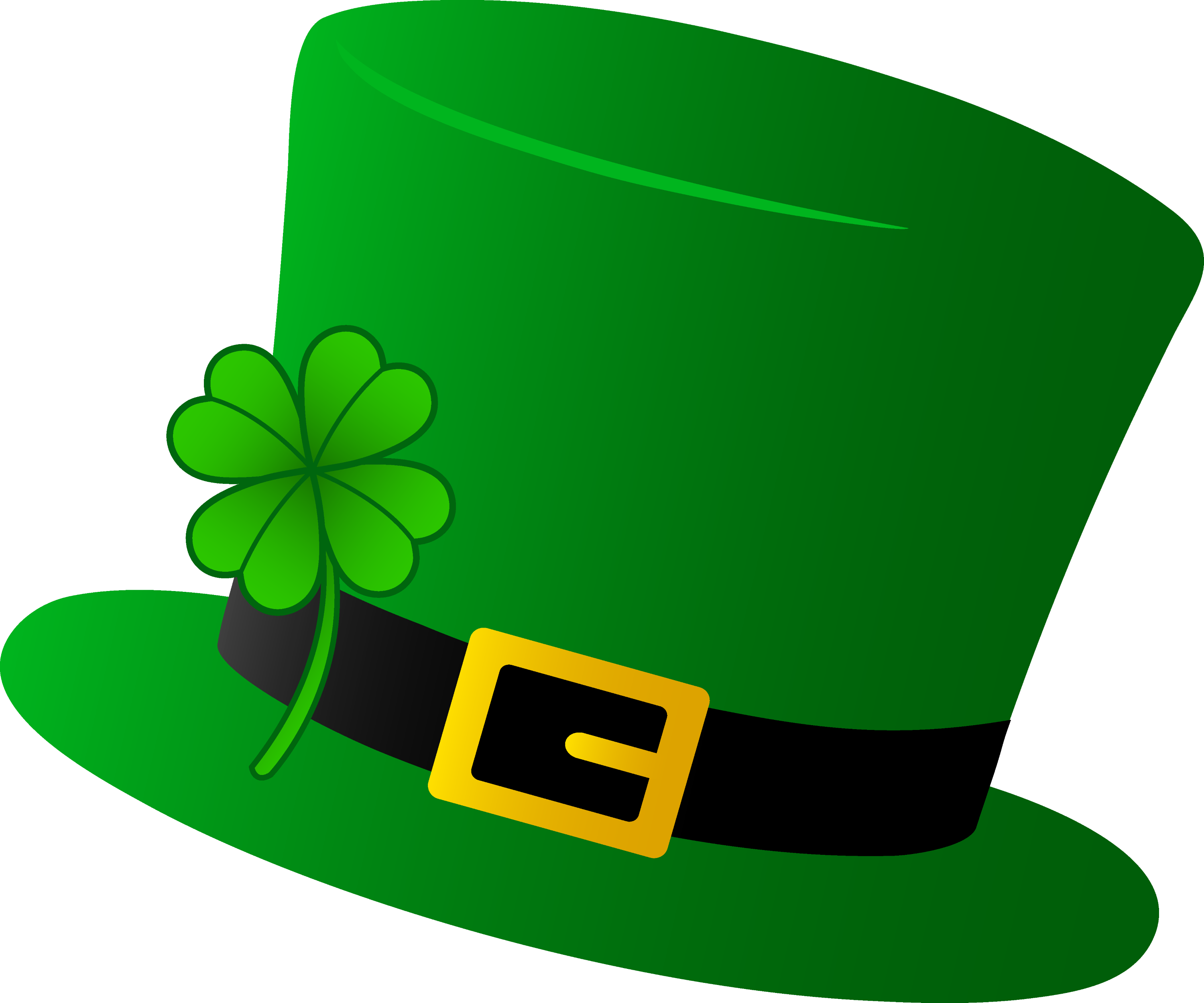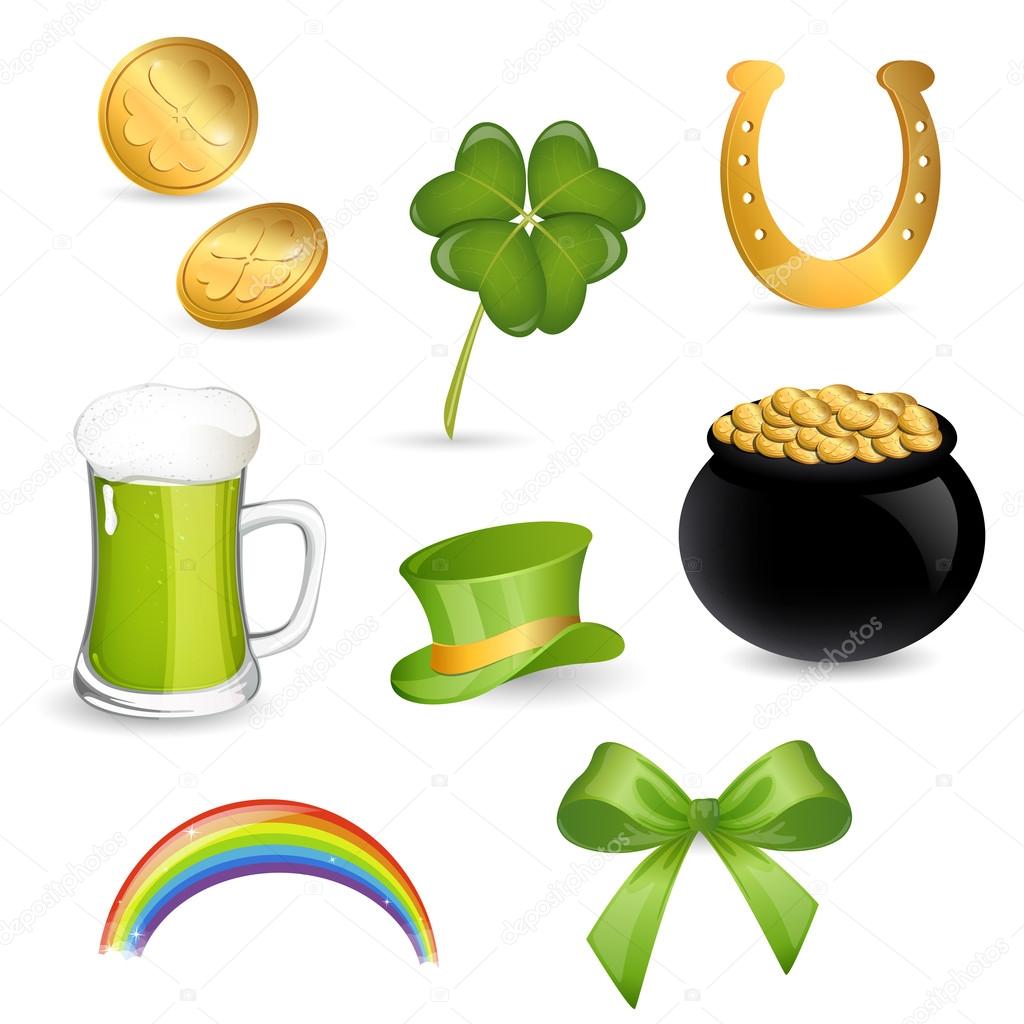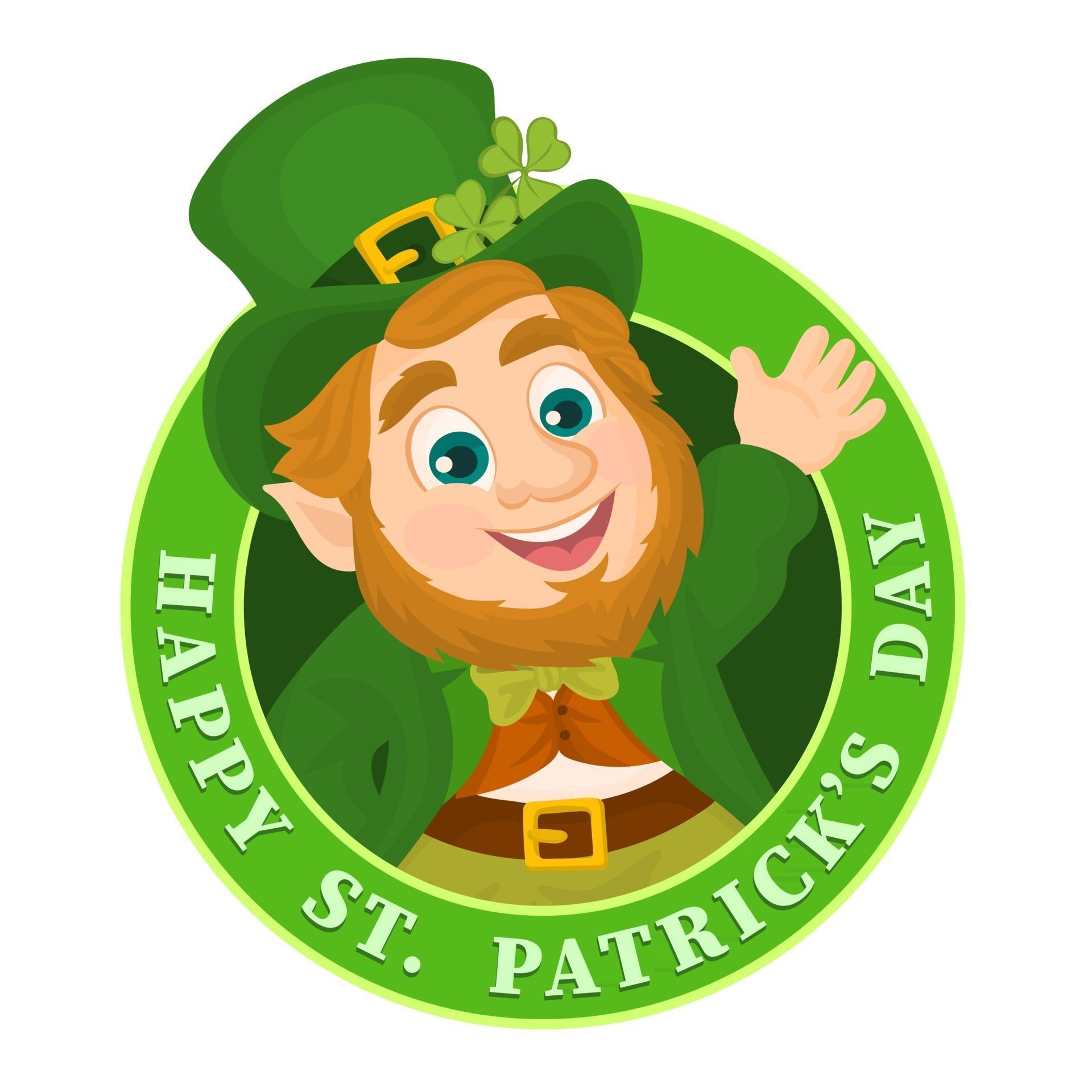Gallery
Photos from events, contest for the best costume, videos from master classes.
 |  |
 |  |
 |  |
 |  |
 |  |
 |  |
This is because the color green is one of the seven symbols of St. Patrick’s Day. In addition to St. Patrick’s Day being represented by symbols, there are also four St. Patrick’s Day colors with special meaning this time of year. The four St. Patrick’s Day colors are green, blue, orange and white. Celebrated annually on March 17, St. Patrick’s Day is a holiday known for parades, shamrocks and all things Irish. From leprechauns to the color green, find out how symbols we now associate Why Do People Love St. Patrick’s Day? So, why do we love this day so much? It’s simple: St. Patrick’s Day brings people together! Whether you’re Irish or just love the fun, it’s a chance to wear green, eat good food, and laugh with friends. It’s about remembering St. Patrick’s big heart and celebrating a culture that’s full of life. For those of Irish descent, St. Patrick’s Day offers a chance to connect with ancestral spiritual roots. Many use this time to honor their heritage and the faith of their forebears. Many people with Irish families use St. Patrick’s Day to think about their ancestors. Today, cities like Chicago, Boston, and Dublin host some of the world’s largest St. Patrick’s Day parades. Traditions and Symbols. St. Patrick’s Day is marked by a variety of customs, including: Wearing Green: Green represents Ireland, also known as the Emerald Isle, and is associated with good luck. Shamrocks: Inspired by St. Patrick’s In fact, St. Patrick’s Day is a holiday that is quite rich in traditional symbolism. Even though many of these symbols are familiar and even celebrated, people may not know the full meaning behind their usage. The shamrock is one of the most recognizable symbols utilized by St. Patrick. This article explores the spiritual meaning of St. Patrick’s Day, shedding light on the religious roots of the celebration, the legacy of St. Patrick himself, and how this day serves as a reminder of faith, transformation, and the power of divine guidance. Exploring history with St. Patrick's day symbols: St. Patrick wove together the old and the new – forming a cohesion. He did this by taking time-honored symbols used by Irish country folk and using them to illustrate Christian concepts. By understanding St Patrick’s Day spiritual meaning, Christian roots and embracing its symbols, such as the Irish flag and shamrock, we can celebrate this holiday in a way that honors both tradition and belief. There are seven symbols that hold special meaning on this day. The St. Patrick’s Day symbols are shamrocks, the color green, leprechauns, parades, corned beef and cabbage, and green beer and the harp. While some of these symbols tie to St. Patrick directly, most correlate more with celebrating Irish culture and showing Irish pride in general. Saint Patrick’s Day commemorates the life of Ireland’s patron saint and celebrates Irish heritage, but its spiritual meaning lies in Saint Patrick’s unwavering Christian faith, his transformative mission, and the power of spiritual renewal. St. Patrick’s Day is a holiday that celebrates the patron saint of Ireland, known for spreading Christianity. What Is The Truth Behind The St. Patrick’s Day Symbols? The St. Patrick’s Day symbols represent Irish culture, luck, and spirituality. What Are The Important Symbols And Their Meanings St. Patrick’s Day? In a Nutshell. Saint Patrick was a real person. He lived in the 5th century and helped spread Christianity in Ireland. The shamrock is not just a symbol of luck. It teaches us about the Holy Trinity—Father, Son, and Holy Spirit. St. Patrick’s Day around the world. Today, St. Patrick’s Day is marked globally, transcending cultural boundaries and celebrated by millions regardless of their ancestry. In fact, it can be hard to avoid! Major US cities like New York, Boston and Chicago host some of the largest and most famous parades, drawing thousands of spectators. It is considered good luck to spot one on St. Patrick's Day. So keep your eyes open for them. 3. Parades. Although Ireland always has had a celebratory feast and celebration on the big day, it wasn't until 1782 that NEW YORK put on the first St. Patrick's Day Parade. From years on, several U.S. cities kept on the tradition. 4. Saint Patrick himself St. Patrick's Day's spiritual meaning is rooted in Christianity. At its core, St. Patrick's Day is a religious holiday celebrated by Catholic, Lutheran, Anglican, and Eastern Orthodox Christians.. The man who inspired the holiday, Saint Patrick, is best known for bringing Christianity to Ireland in the 5th century. The Symbols of Lent and Their Meaning Lent is a season with deep biblical roots, and many of its symbols come directly from Scripture and early Church traditions. These symbols help Catholics and other Christians reflect on Christ’s suffering, death, and resurrection while reinforcing the themes of repentance, sacrifice, and renewal. The Christian association with the shamrock is primarily attributed to St. Patrick, the patron saint of Ireland. According to legend, St. Patrick used the shamrock to explain the concept of the Holy Trinity—the Father, the Son, and the Holy Spirit—as three divine beings in one entity. In closing, I hope you enjoyed this brief article on St. Patrick’s day symbols and their meanings. To be sure, there are many more icons associated with St. Patrick, as well as Ireland. Don’t let your research stop here! Take some time to find out the symbolic meanings associated with this great time of year and the Irish culture. Discover the history and meaning behind St Patrick’s Day symbols, from shamrocks to Celtic crosses. Explore Irish traditions and iconic symbols of March 17th!
Articles and news, personal stories, interviews with experts.
Photos from events, contest for the best costume, videos from master classes.
 |  |
 |  |
 |  |
 |  |
 |  |
 |  |